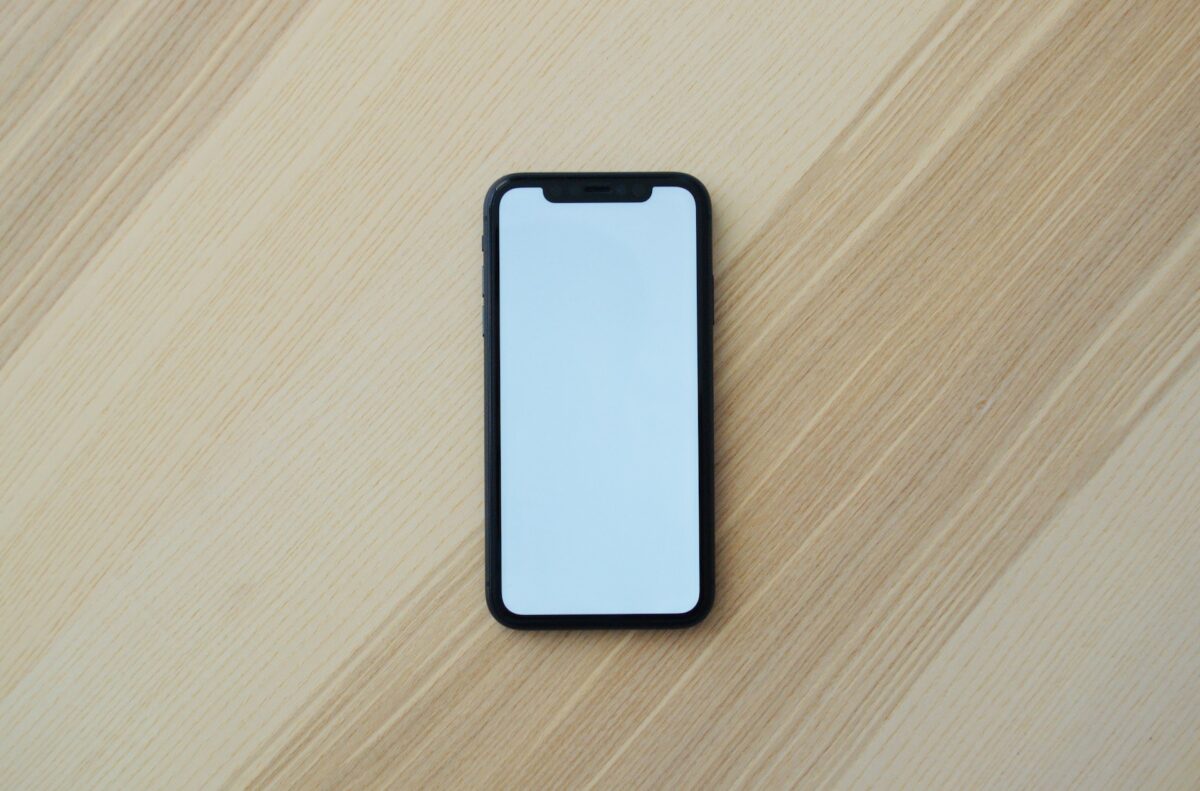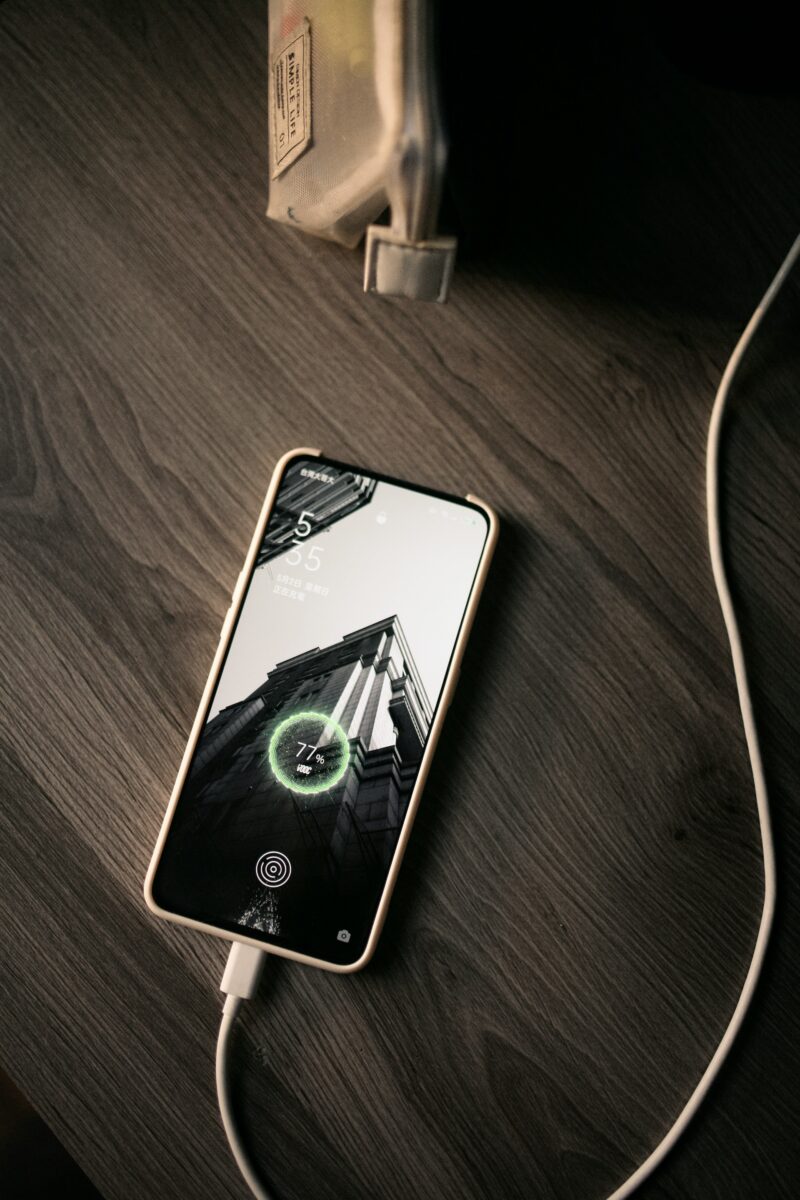If your iPhone has been exposed to water or any other liquid, it can cause damage to the charging port.
When water gets into the charging port, it can prevent your iPhone from charging properly.
Fortunately, there are several ways to remove water from your iPhone charging port.
In this article, we will show you how to get water out of iphone charging port.
If you notice that your iPhone is not charging or is not connecting to your computer, it could be due to water damage in the charging port.
It’s important to act quickly to remove the water from your iPhone charging port to avoid further damage.
There are several methods you can try to remove the water, and we will cover them in this article.
Table of Contents
ToggleWhat To Do When Water Gets Into Your iPhone Charging Port
If you accidentally drop your iPhone in water or spill liquid on it, you may notice that your charging port is wet.
This can be a frustrating and potentially dangerous situation, but there are steps you can take to minimize the damage and get your iPhone back to normal.
Here are some things to keep in mind:
Turn Off Your iPhone Immediately

The first thing you should do when you notice water in your charging port is turn off your iPhone.
This will help prevent any further damage from occurring.
If your iPhone is still on, there is a risk of a short circuit, which can cause serious damage to your device.
Once your iPhone is off, you should also disconnect any cables or accessories that are plugged into it.
This will help prevent any additional water from entering your device.
Don’t Try To Charge Your iPhone
While it may be tempting to try to charge your iPhone right away, this can actually be dangerous.
If there is still water in your charging port, attempting to charge your iPhone can cause a short circuit, which can permanently damage your device.
Instead, you should focus on removing the water from your charging port before attempting to charge your iPhone again.
Avoid Using A Hair Dryer Or Heat Gun
Some people recommend using a hair dryer or heat gun to dry out your iPhone’s charging port.
However, this is not a good idea.
Exposing your iPhone to heat can actually cause more damage, as it can warp or melt the internal components of your device.
Instead, you should focus on using gentle methods to remove the water from your charging port.
Overall, if you notice water in your iPhone’s charging port, it’s important to act fast and take steps to minimize the damage.
By turning off your iPhone, avoiding charging it, and avoiding heat, you can help prevent serious damage and get your device back to normal as soon as possible.
How To Get Water Out Of iPhone Charging Port
If your iPhone charging port has been exposed to water, it is important to act quickly to prevent damage to your device.
Here are some methods you can use to get water out of your iPhone charging port:
Use A Dry Cloth Or Cotton Swab
The easiest and most common method to get water out of your iPhone charging port is to use a dry cloth or cotton swab.
Simply wipe the port gently with the cloth or swab to remove any visible water.
However, you need to be careful when using this method, as pushing the water further into the port may cause more damage to your device.
Why You Need to Be Careful When Using a Cloth or Cotton Swab:
- Pushing the water further into the port may cause more damage to your device.
- If the cloth or swab is not completely dry, it may introduce more moisture into the port.
Use A Vacuum Cleaner

If the water has gone deeper into your iPhone charging port, you can use a vacuum cleaner to suck it out.
Use the vacuum cleaner on a low setting and hold it close to the port to create a vacuum.
This method can be effective, but you need to be careful not to damage the port with the vacuum cleaner.
Why a Vacuum Cleaner Can Be Effective:
- A vacuum cleaner can create suction to remove water from the port.
Use Rice Or Silica Gel
Rice or silica gel can also help to absorb moisture from your iPhone charging port.
Place your iPhone in a container filled with rice or silica gel and leave it for at least 24 hours.
The rice or silica gel will absorb the moisture from the port.
Why Rice or Silica Gel Can Help:
- Rice or silica gel can absorb moisture from the port.
- Rice or silica gel are easily available and inexpensive.
Remember, it is important to act quickly when your iPhone charging port has been exposed to water.
Try these methods to get water out of your iPhone charging port, and if none of them work, it is best to take your device to a professional for repair.
What To Do If Your iPhone Still Doesn’t Work
After trying the methods outlined in the previous sections, your iPhone may still not work.
In this case, you have a few options:
Take Your iPhone To A Professional
If your iPhone still doesn’t work after trying the methods outlined in the previous sections, it may be time to take it to a professional.
A professional can assess the damage and determine if there are any repairs that can be made to salvage your device.
A professional can also help you avoid any further damage to your iPhone.
If you try to fix the problem yourself and don’t know what you’re doing, you could end up causing more harm than good.
A professional has the experience and knowledge to fix your iPhone without causing any additional damage.
Consider Replacing Your iPhone
If your iPhone has suffered extensive water damage, it may be time to consider replacing it.
While this may be a costly option, it may be necessary if your iPhone is beyond repair.
When considering replacing your iPhone, be sure to weigh the cost of a new device against the cost of repairs.
If the cost of repairs is more than half the cost of a new iPhone, it may be more cost-effective to simply replace your device.
Additionally, if your iPhone is an older model, it may be time to upgrade to a newer device.
Newer iPhones are designed to be more water-resistant, which can help prevent water damage in the future.











